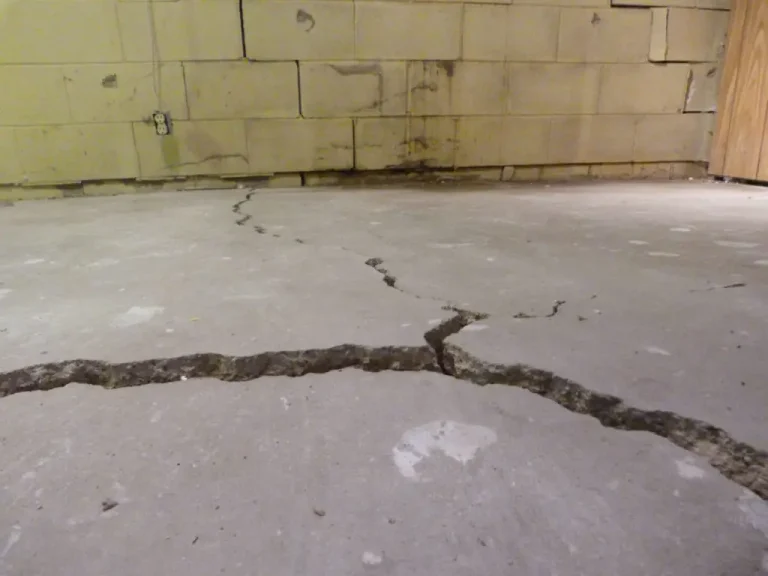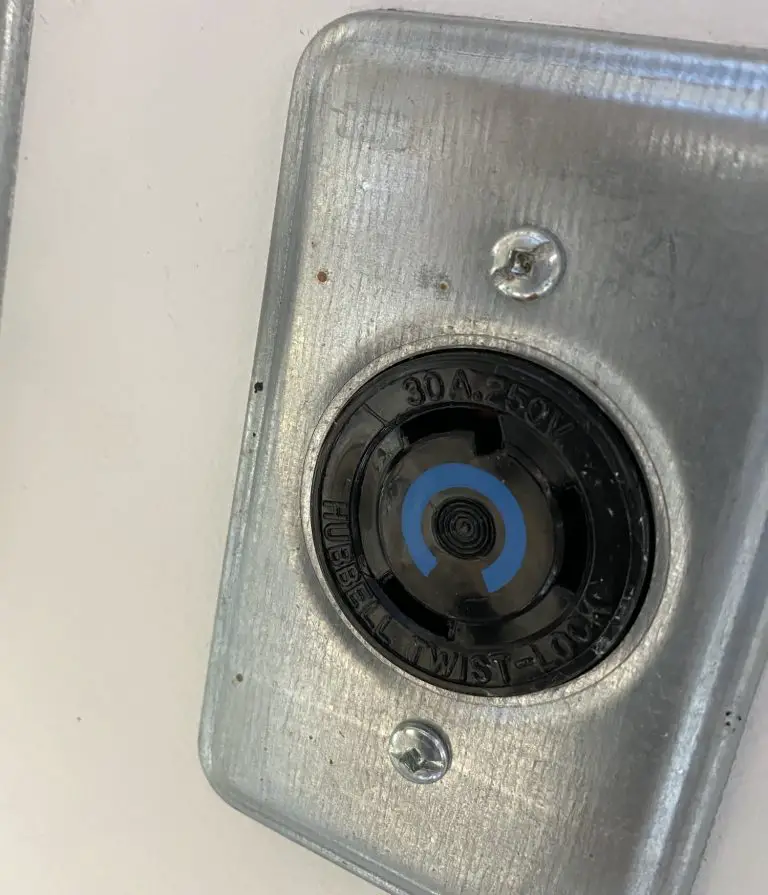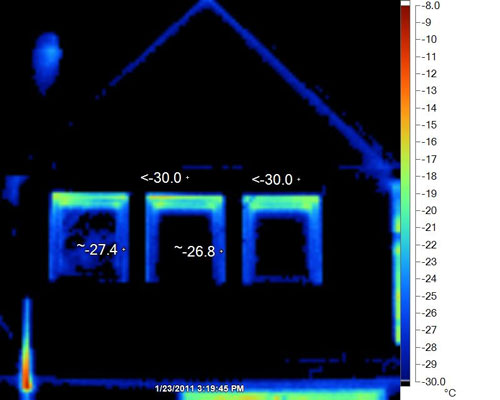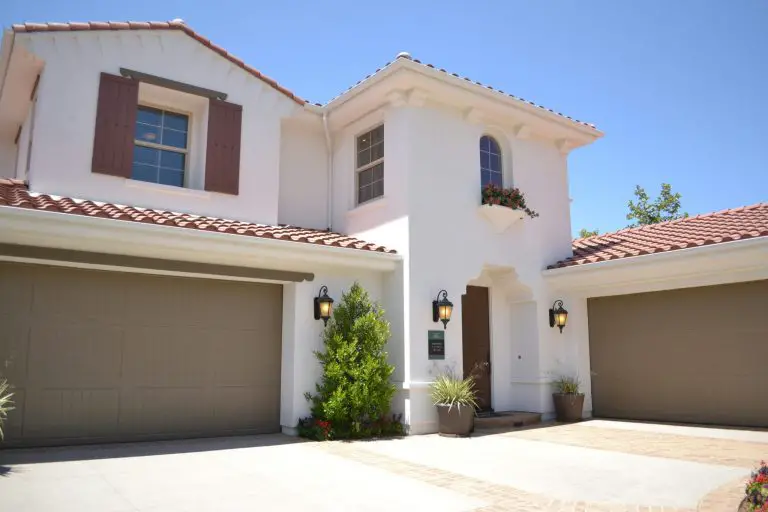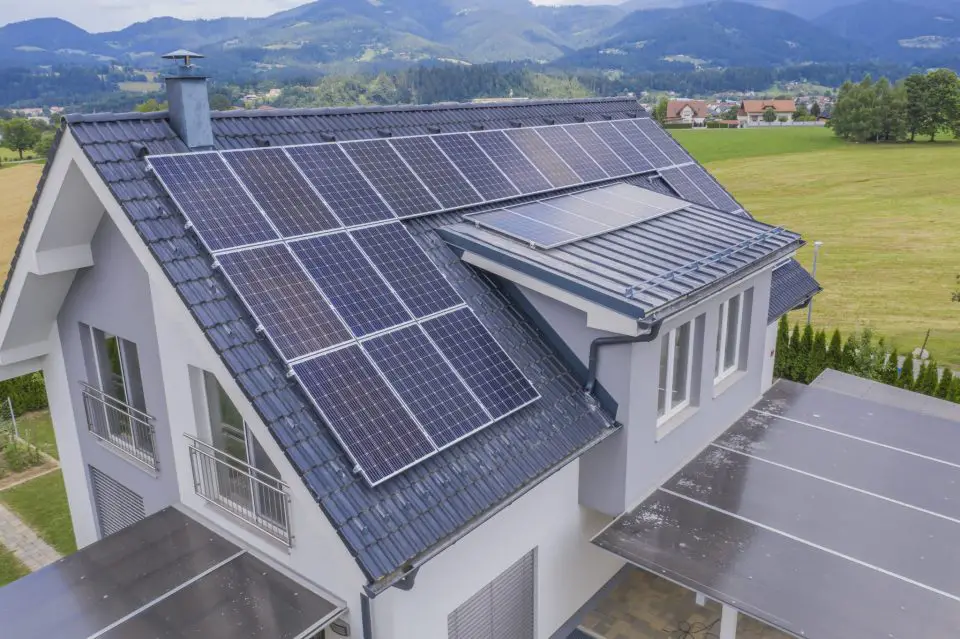
Eco-friendly architecture, also known as sustainable architecture, is a design philosophy that prioritizes environmental responsibility and resource efficiency throughout a building’s life cycle. This approach to architecture seeks to minimize the negative environmental impact by enhancing efficiency and moderation in using materials, energy, and development space.
This article explores the principles, benefits, and challenges of redefining eco-friendly architecture to create homes that are not only environmentally sustainable but also economically viable and comfortable for occupants.
What are the Core Principles of Sustainable Home Design?
Sustainable home design is guided by a set of core principles, aiming to minimize environmental impact while enhancing the quality of life for occupants. These principles are integral to creating homes that are not only energy-efficient but also harmonious with their natural surroundings.
Energy Conservation
One of the primary principles of sustainable home design is energy efficiency. This involves the use of design strategies and technologies that reduce the amount of energy required for heating, cooling, and lighting. Key strategies include:
- Solar Energy Integration: Maximizing the sun’s energy through strategic window placement and thermal mass, along with installing solar panels to generate electricity, reducing reliance on non-renewable energy sources and boosting the home’s efficiency.
- Insulation: High-quality insulation materials maintain indoor temperatures, reducing the need for artificial heating and cooling. For instance, you can install ceiling panels made from sustainable, recyclable materials. They may help regulate room temperatures, further enhancing the home’s energy conservation.
- Energy-Efficient Appliances: Incorporating appliances that consume less energy, such as LED lighting and Energy Star-rated devices.
Water Conservation
Water conservation is another critical aspect of sustainable home design. This involves the implementation of systems and practices that reduce water usage and promote efficient water management. Techniques include:
- Low-Flow Fixtures: Installing faucets, showerheads, and toilets that use less water.
- Rainwater Harvesting: Collecting and storing rainwater for non-potable uses such as irrigation.
- Greywater Systems: Recycling water from sinks and showers for use in landscaping.
Sustainable Materials
The selection of materials plays a significant role in sustainable home design. The use of sustainable materials helps reduce the environmental footprint of construction and promotes healthier indoor environments. Important considerations include:
- Recycled and Reclaimed Materials: Utilizing materials that have been recycled or reclaimed, such as reclaimed wood or recycled metal. Additionally, using machinery with durable aftermarket parts for bobcat machines during construction can minimize resource waste, as these parts extend the life of equipment, reducing the need for frequent replacements.
- Locally Sourced Materials: Reducing transportation emissions by using materials sourced from local suppliers.
- Non-Toxic Materials: Choosing materials that do not emit harmful chemicals improves indoor air quality.
Indoor Environmental Quality
Enhancing indoor environmental quality is essential for the health and well-being of occupants. This principle focuses on improving air quality, lighting, and acoustics within the home. Strategies include:
- Ventilation Systems: Installing systems that provide fresh air and remove indoor pollutants.
- Natural Lighting: Maximizing the use of natural light to reduce reliance on artificial lighting.
- Acoustic Design: Incorporating materials and design elements that minimize noise pollution.
Integration with Nature
Enhancing indoor environmental quality is essential for the health and well-being of occupants. This principle focuses on improving air quality, lighting, and acoustics within the home. Strategies include:
- Native Landscaping: Using native plants that require less water and maintenance.
- Green Roofs and Walls: Incorporating vegetation into the building structure to improve insulation and biodiversity.
- Site Orientation: Positioning the home to take advantage of natural light and prevailing winds.
| Highlight: These elements work together to create a holistic approach to sustainable home design, ensuring that homes are both environmentally friendly and comfortable while remaining cost-effective for those who live in them. |
What are the Economic Advantages of Eco-Friendly Homes?

Eco-friendly homes offer a range of economic benefits that can make them an attractive option for homeowners and investors alike.
Reduced Operational Costs
One of the primary economic benefits of eco-friendly homes is the reduction in operational costs, particularly in terms of energy and water consumption. By incorporating energy-efficient appliances, improved insulation, and renewable energy sources such as solar panels, homeowners can significantly lower their utility bills.
For instance, energy-efficient lighting and heating systems can reduce electricity consumption, while water-saving fixtures can decrease water usage. These savings can accumulate over time, resulting in substantial cost reductions.
Increased Property Value
Eco-friendly homes often have a higher market value compared to traditional homes. This is due to the growing demand for sustainable living options and the long-term cost savings associated with energy-efficient features.
Homes with green certifications or those that meet specific sustainability standards tend to attract environmentally conscious buyers who are willing to pay a premium for such properties.
Financial Incentives
Governments and local authorities frequently offer financial incentives to encourage the adoption of eco-friendly building practices. These incentives can take the form of tax credits, rebates, or grants, which can offset the initial costs of implementing sustainable features.
| Tip: Homeowners may qualify for the federal residential solar energy credit, allowing them to claim a percentage of the cost of installing solar panels as a tax credit. |
Challenges and Considerations
While eco-friendly architecture offers numerous benefits, it also presents certain challenges. The initial cost of sustainable materials and technologies can be higher than conventional options, although this is often offset by long-term savings in energy and maintenance costs.
Another challenge is the availability and sourcing of eco-friendly materials, which can be limited depending on geographic location and supply chain constraints. Sustainable design also requires specialized knowledge and expertise, which may result in higher upfront design and construction fees. Integrating modern sustainable technologies into older buildings or structures presents its own set of complications, often requiring significant retrofitting and adaptation.
Lastly, balancing sustainability with the aesthetic preferences, or cultural expectations of clients and communities, can sometimes lead to compromises in design or material choices, making it essential for architects to find creative and practical solutions.
Embrace Sustainable Living for a Greener Future
Redefining eco-friendly architecture for sustainable homes is an essential step toward reducing our environmental impact and promoting long-term resilience. By incorporating energy-efficient designs, water-saving systems, and sustainable materials, homeowners can lower their carbon footprint while enjoying reduced utility bills and increased comfort.
Although challenges like higher initial costs and material availability exist, the long-term benefits—such as energy savings, increased property value, and financial incentives—make the investment worthwhile. Embracing sustainable architecture is not just about building better homes; it is about building a more sustainable future for generations to come.








